Is there almost no room left to lower deposit interest rates?
In April and May, some small and medium-sized banks were forced to adjust deposit interest rates upwards due to signs of recovering credit demand. However, deposit interest rates remained low, so short-term lending rates have not changed much, indicating that further reductions in deposit interest rates are now limited.
According to information from the State Bank of Vietnam (SBV) on interest rate developments in April 2025, the average VND deposit interest rate at domestic commercial banks fluctuates from 0.1-0.2%/year for demand deposits and deposits with terms of less than 1 month; from 3.2-4.0%/year for deposits with terms of 1 month to less than 6 months.
Interest rates for time deposits with terms of 6 to 12 months remain in the range of 4.5-5.5%/year; for terms of over 12 to 24 months, it is at 4.8-6.0%/year; and for terms over 24 months, it is 6.9-7.1%/year.
Compared to March, deposit interest rates remained almost stable, increasing only slightly by about 0.1% per year for 6-12 month terms. This clearly reflects the limited room for banks to lower deposit interest rates.
Experts say that the average interest rate continues to decrease but the speed has slowed down, while the number of banks increasing interest rates is increasing.
Specifically, in May, four banks reduced deposit interest rates: MB, GPBank, Eximbank, and VPBank (with VPBank, MB, and Eximbank reducing rates twice). Conversely, Techcombank, Bac A Bank , and Eximbank adjusted their interest rates upwards, with Eximbank increasing rates three times.
Most recently, on May 22nd, Eximbank increased online deposit interest rates for short-term maturities of 1-5 months by 0.2% per year. Accordingly, the rate for 1-2 month maturities is 4.3% per year, and for 3-5 month maturities it is 4.5% per year. Longer maturities remain unchanged: 6-9 months at 4.9% per year; 12-15 months at 5.1% per year; and 18-36 months at 5.6% per year.
Not only mobilizing online, Eximbank also increased the interest rate for the product “Prosperous Savings 50+” for customers over 50 years old depositing at the counter, increasing by 0.1%/year for 1-2 month term and 0.2%/year for 3-5 month term, respectively to 4.1% and 4.3%/year. The savings product “Combo Casa” also increased the interest rate by 0.1-0.2%/year for 1-5 month terms.
Previously, in April, the number of banks reducing deposit interest rates narrowed to 10 units, compared to more than 20 units in March. However, some small and medium-sized private banks increased deposit interest rates to meet the credit demand that is recovering positively.

Capital demand has increased sharply.
According to experts, deposit interest rates are expected to gradually increase towards the end of 2025, due to expectations of continued positive economic growth and credit growth reaching, or even exceeding, the set target of 16%.
Ms. Dinh Ha Anh, an expert from MB Securities Company (MBS), said: “Based on these factors, the 12-month deposit interest rate of major commercial banks is likely to fluctuate between 5.5 - 6%/year.”
Data from the State Bank of Vietnam (SBV) shows that outstanding credit in the entire system as of April 15, 2025 reached VND 16.23 million billion, an increase of 3.95% compared to the end of 2024, equivalent to an increase of approximately VND 640,000 billion in just over 3 months.
Based on this, MBS experts forecast that deposit interest rates will remain at 5.5-6% by the end of the year, while credit growth this year could reach 17-18%, driven by the strong recovery of the manufacturing sector, domestic consumption, and accelerated disbursement of public investment capital.
Recently, capital inflows into the economy have been boosted by lower deposit interest rates, supporting lower lending rates. According to the State Bank of Vietnam (SBV), in April 2025, the average lending interest rate of commercial banks for new loans and existing loans ranged from 6.6-8.9% per year, a slight decrease compared to 6.6-9.0% per year in March.
Specifically, short-term VND lending interest rates for priority sectors remained at around 3.9% per year, lower than the 4% per year ceiling set by the State Bank of Vietnam and equivalent to the previous month's report. The average USD lending interest rate of domestic banks also remained at 4.2-5.0% per year.
However, financial and banking expert Dr. Nguyen Tri Hieu said that there is not much room left to reduce interest rates further. In the current context, banks are forced to consider the goal of economic growth and exchange rate stability.
To achieve the credit growth target of about 16%, thereby supporting GDP growth of about 8%, maintaining low interest rates is an important tool to stimulate loan demand and increase cash flow into the real economy, although not the only factor.
Pressure from US tariff policies on Vietnamese exports is impacting the supply of foreign currency due to decreased export turnover, while demand for foreign currency remains high, putting pressure on the exchange rate and causing the US dollar to appreciate against the VND. This also limits the possibility of further lowering lending and deposit interest rates.
According to analysts, in the current recovery phase, banks not only play a role in providing capital but also act as partners to help the economy overcome difficulties.
However, an increase in deposit interest rates does not necessarily mean an immediate and simultaneous increase in lending interest rates, as commercial banks still have to balance credit risk, pressure to provision for bad debts, profit margins, and the ability to reduce interest rates.
Mr. Nguyen Quang Huy, CEO of the Finance and Banking Faculty at Nguyen Trai University, predicts that in the last six months of 2025, lending interest rates may continue their slight downward trend, but the changes will be flexible and subject to selection based on customer groups and industries.
Source: https://baodaknong.vn/tin-dung-tang-manh-day-lai-suat-huy-dong-leo-thang-253759.html










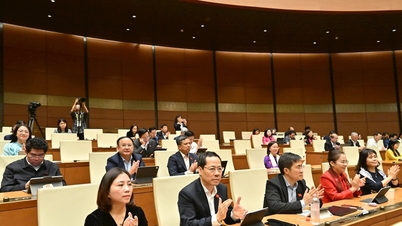







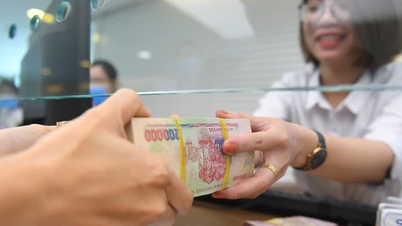







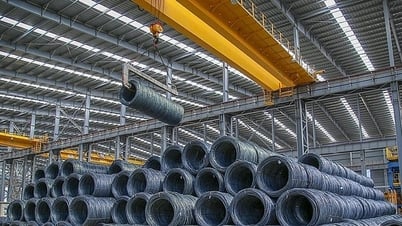


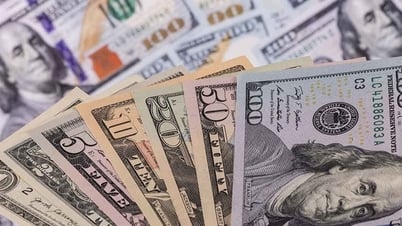









![[Video] The craft of making Dong Ho folk paintings has been inscribed by UNESCO on the List of Crafts in Need of Urgent Safeguarding.](https://vphoto.vietnam.vn/thumb/402x226/vietnam/resource/IMAGE/2025/12/10/1765350246533_tranh-dong-ho-734-jpg.webp)


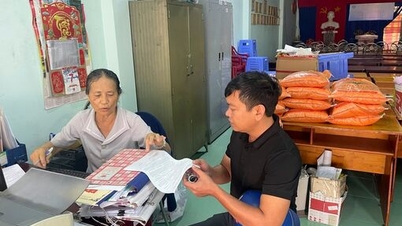

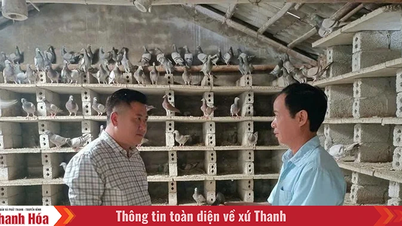





















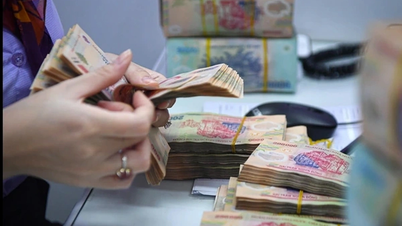







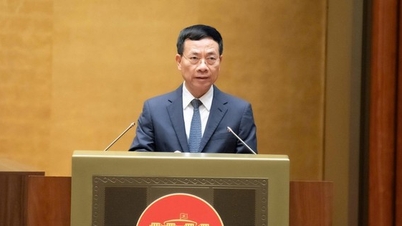








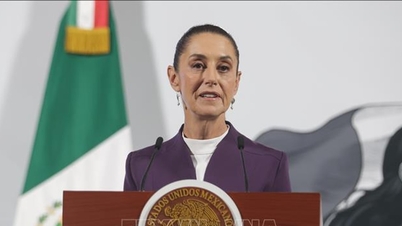

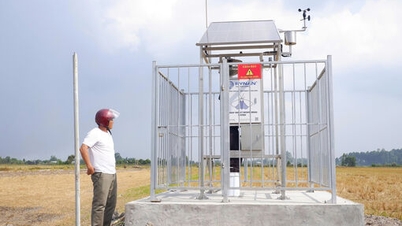






















Comment (0)